
















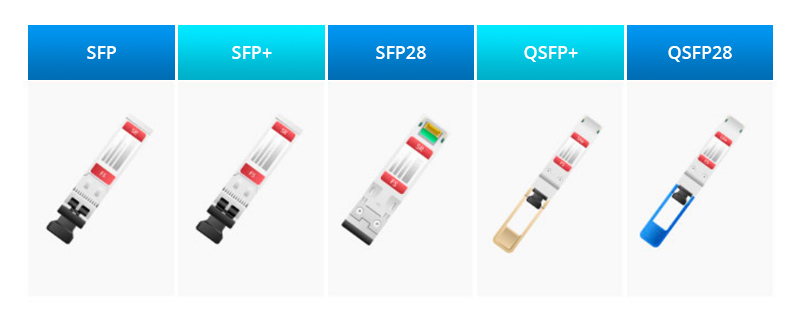









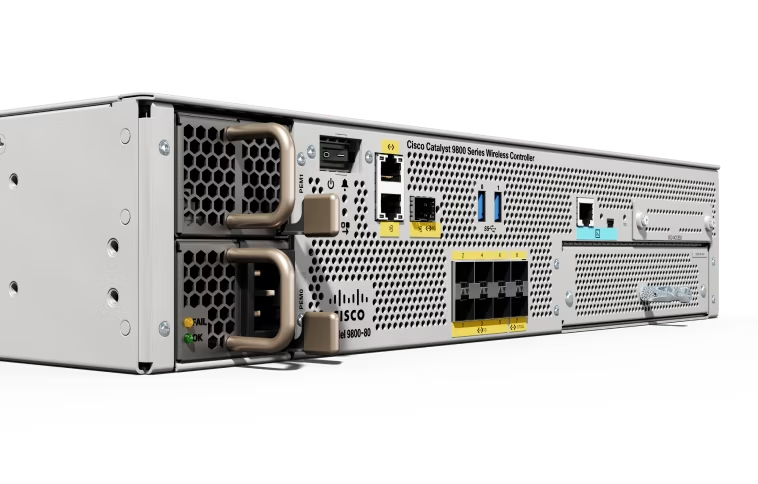

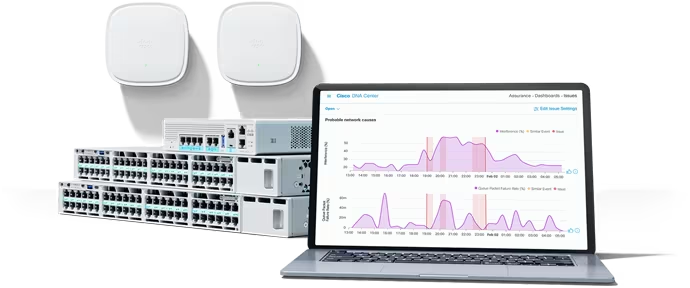
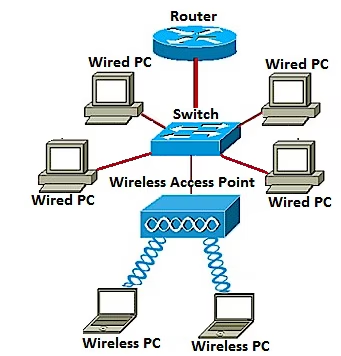
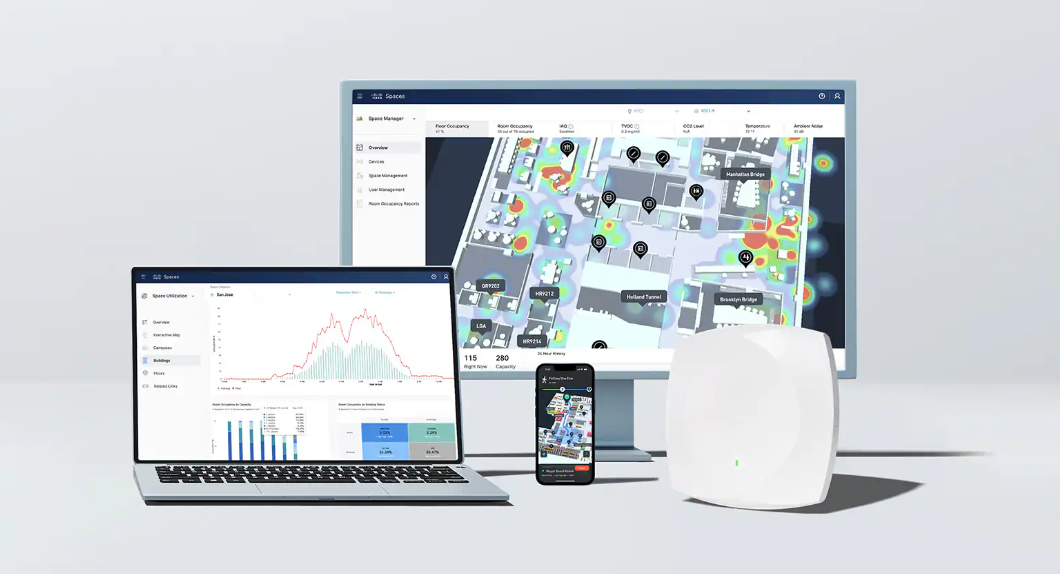
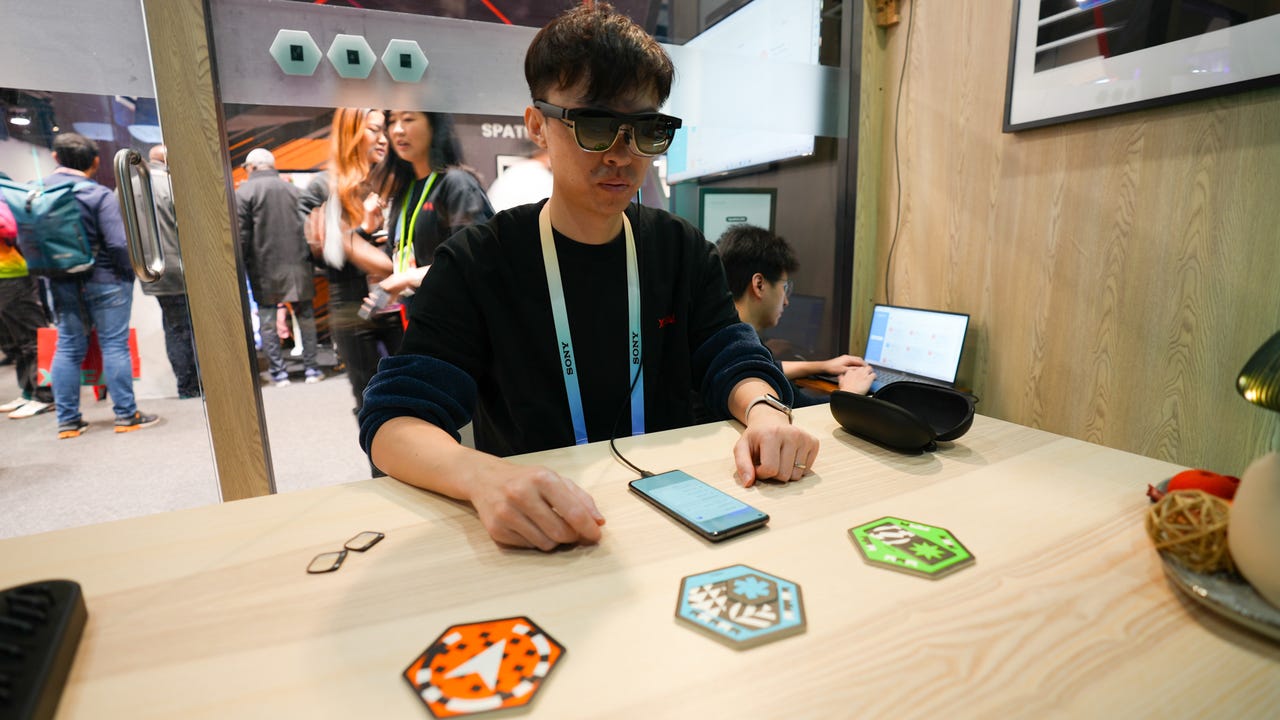
AR glasses took off in 2023, but even a tech geek like myself, who's initially typed the news portion of this article while wearing a pair during my flight to CES admits that the product category needs to be better. Because no matter which pair you buy on the market right now, they don't do much more than mirror the display of your laptop, phone, or whatever you plug them into. They're portable monitors for your eyes, at best.
Also: CES 2024: What's Next in Tech
After demoing the Xreal Air 2 Ultra today, a new pair of AR glasses with spatial computing capabilities -- the same 3D sensory tech that Apple is building its Vision Pro headset around, I'm hopeful that such wearables are on the upswing.
sorts through the wave of CES newsandannouncements to identify innovations that will make the most impact on professionals. Learn about the newest products and trends that transform the future of work and life.
Read nowThe Xreal Air 2 Ultra will be priced at$699, a mere fraction of the cost of Apple's$3,500 device, with preorders opening to developers starting today, and shipments expected to begin in March.
"We put 6DoF AR glasses on the map with our Nreal Light model in 2020 and are thrilled to unveil its highly-requested successor. Xreal Air 2 Ultra packs in tons of spatial computing tech in a smaller, more comfortable, and much more stylish form factor than what others are producing today," said Chi Xu, founder and CEO of Xreal.
A nearby monitor showed how the user was interacting in VR with the glasses on. I took this picture while waiting for my demo.
Xreal calls the Air 2 Ultra "the sleekest AR device ever made," thanks to its titanium eyeglass frame, mere 80 grams of weight, and optimized weight distribution with adjustable temples and nose pad options. That's all great to hear, because if the goal of such a device is for users to wear them for hours at a time, if not all day, then comfort should be just as much of a priority as the tech within the frames.
Also: Meta's$299 Ray-Ban smart glasses may be the most useful gadget I've tested all year
Even before I put on the Air 2 Ultra, I was asked for my prescription. Of course, Xreal's snap-on lenses were for demo purposes only, but a company product manager did confirm that major vision providers will be able to adjust the Xreal to your vision, just like how they would with ordinary glasses.
Xreal says it's also designed the Air 2 Ultra with eye wellness in mind, achieving TUV Rheinland certifications for Color Accuracy, Eye Comfort, Low Blue Light, and Flicker Free usage. That all comes in handy when navigating Xreal's Nebula interface. By using new in-frame 3D environment sensors, the glasses can project standard 2D applications and widgets on top of the user's real-life vision, much like what we've seen from bulkier VR headsets like the Meta Quest 3.
The demo featured three switch tokens that I could interact with to browse, rotate, and cycle through the various spatial applications.
For developers, the Air 2 Ultra will serve as an accessible entryway to creating AR apps and exploring new spatial computing experiences. According to Xreal, the glasses support "handtracking, 3D mesh creation, semantic scene understanding, and more, including future AI capabilities." In my demo, I cycled between productivity apps, entertainment, and messaging, and Xreal's stare-and-pinch navigation was fairly reliable. I was even able to stare at a nearby smart lamp, pinch, and raise my hand up to change the RGB setting.
The glasses have down-firing sensors that detected when I was pinching my fingers, even when they were slightlyin front of my chest and I was facing forward.
Also: Sony's new XR headset is more 'pro' than Vision Pro and has 2 features Apple needs
More notably, the glasses somehow can view spatial videos captured by the iPhone 15 Pro series, a feature thought to be exclusive to the upcoming Apple Vision Pro. I watchedLife of Pi, Avatar 2, and Despicable Me 2,and the 3D effect had a surprising amount of depth. By the time I was done, I wondered if my return flight with my current pair of AR glasses, theRokid Max AR , would feel underwhelming by comparison.
I'll wrap up my short-term testimonial by mentioning that the Xreal Air 2 Ultradoeshave to be tethered to work, whether that be a phone (Android or iOS), laptop, or tablet. For how intense the applications can be, the glasses will definitely take a toll on its host device's battery. For smartphones, Xreal tells me I'll have just enough power to watch a three-hour-long movie. I'm not sure how many people are ready to sacrifice their most personal devices' battery for AR glasses, but, hey, that's still better than the Vision Pro's two-hour battery life.
 Etiquetas calientes:
Nuestro proceso
Etiquetas calientes:
Nuestro proceso